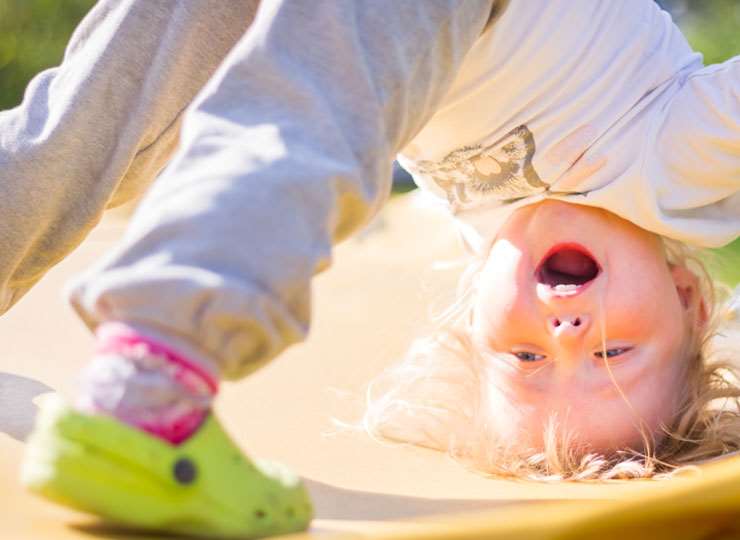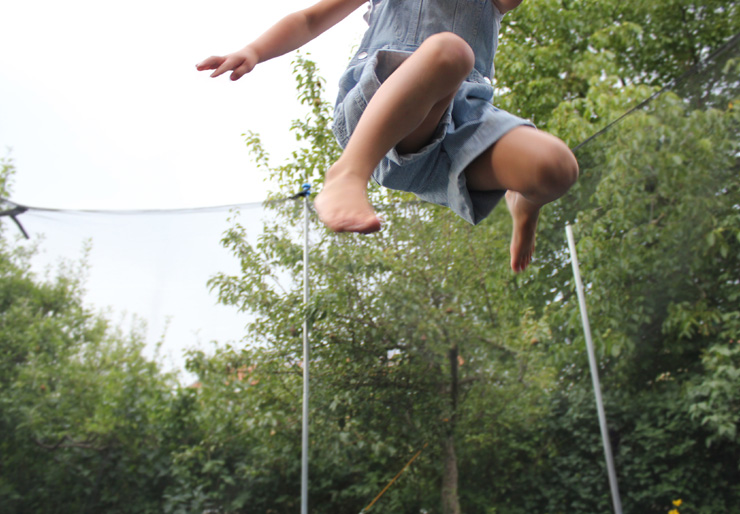

What you should know before you buy a trampoline
Trampolines are classed as toys, which means they have to comply with stringent safety requirements. Here’s how to check that the trampoline you intend to buy complies with the requirements.
Safety requirements
Trampolines designed for home use (indoor or outdoor) are defined as toys, and from March 2015 must comply with standard NS-EN 71-14. This stipulates a range of requirements to ensure that you as a consumer are kept safe. The standard does not apply to sunken trampolines.
It requires a trampoline to be of a certain stability and strength, and for the mat to retain its elasticity over time. Look at the label or ask in the shop whether the trampoline you intend to buy complies with the standard.
Trampolines must have safety nets and edge padding
Large and medium trampolines must come with safety nets and matting/padding to protect the edge of the trampoline.
Mini trampolines must come with non-slip feet. You do not need safety nets and edge padding for mini trampolines. There is no requirement for these items to be supplied with these kinds of trampolines.
Labelling and information
As with other toys, trampolines must also bear the CE mark. Trampolines must also be supplied with guidance on how to assemble, use and maintain them correctly.
Clear warnings
Trampolines must also be marked with clear warnings. Some warnings must be on the product itself, while others can be on the packaging or in the guidelines provided with the product.
Trampolines without safety nets
It is still legal to sell trampolines that comply with earlier requirements, if these were already in stock in shops and warehouses. The new requirements apply to trampolines manufactured and put on the market after the new safety standard was established in March 2015. You can also continue to use the trampoline in your garden, but DSB recommends that everyone uses a safety net.
Warning labels must provide this information:
- What is the maximum weight the trampoline can handle?
- How often must the safety net be replaced?
- How big is the trampoline when fully assembled, and how much clear space does it require in order to be used safely?
Pre-purchase checklist when buying a trampoline:
- It must come with a safety net and padding/edge matting
- The trampoline must bear the CE mark
- It must come with guidance on how to assemble, use and maintain it correctly
- Warnings and information about the size of the trampoline, and information regarding the minimum space required for installation, must be clearly marked on the packaging.
- The size of the trampoline when fully assembled must not be too big for the available space at home

